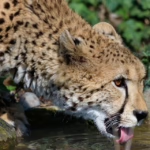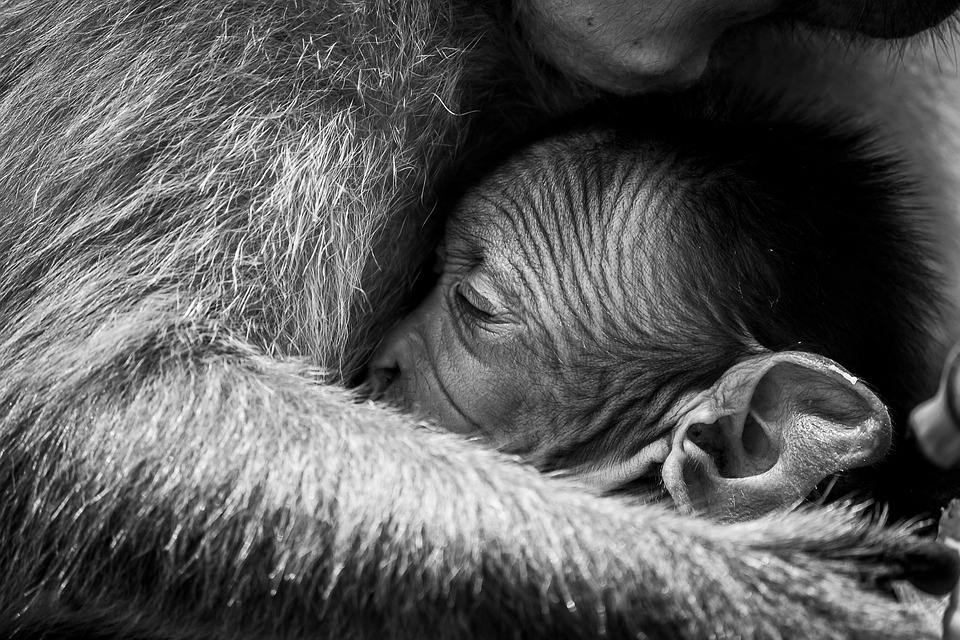The Language of Mother Nature: How Nature Communicates with Us
Nature has always been an eternal companion to humankind, enveloping us in its beauty, complexity, and rhythms. That relationship is not merely one of coexistence; it’s abundant with dialogue. Through various forms, processes, and phenomena, Mother Nature communicates messages that often go unnoticed. This article explores the myriad ways in which nature “speaks” to us and the significance of understanding these communications.
I. Understanding Nature’s Language
A. The Elements of Communication
To grasp how nature communicates, we must first understand the elements that constitute this communication. Much like human communication, nature employs symbols, sounds, and signs. The language of nature can be categorized into various forms:
-
Visual Signals: The changing colors of seasons, the pattern of leaves, and the shape of clouds convey vital information about environmental shifts and the passage of time.
-
Auditory Signals: The sounds of birds, insects, and waves provide insight into ecosystem health and changes in climate.
-
Tactile Signals: Touching different surfaces in nature—even the texture of bark or the coolness of water—can inform us about specific conditions, ecosystems, and even the presence of life forms.
- Olfactory Signals: The scent of wet soil after rain or the pungent smell of flowers not only provides sensory pleasure but can also signify life cycles or ecological changes.
B. Indicators of Change
Nature often sends out warnings through changes in its language. A sudden increase in insect populations may indicate environmental stress, while the blooming cycle of plants can signify climate changes. The ability to read these signs has historically been critical for survival; ancient cultures relied heavily on nature’s signals for agricultural and navigational purposes.
II. The Role of Intuition
A. The Intuitive Connection
Human intuition is an essential component in understanding nature’s messages. Many indigenous cultures foster a deep, intuitive relationship with their environment, often attributing spiritual significance to natural phenomena. This intuitive connection often allows for a richer experience of the natural world and a deeper understanding of its messages.
B. The Science of Intuition
From a scientific perspective, intuition can be seen as an internalized form of knowledge. Researchers suggest that intuition is a product of our subconscious mind processing vast amounts of information that we may not be consciously aware of. This can make us more attuned to natural shifts and changes.
III. Animal Communication
A. The Sounds of Nature
Animals are among nature’s most expressive communicators. Birds chirp, wolves howl, and frogs croak, each sound serving a purpose in their respective ecosystems.
1. Vocalizations
Bird song is often an indicator of reproductive health and environmental conditions. Birds sing to attract mates and establish territories. A noticeable reduction in bird songs in certain areas may indicate habitat destruction or pollution.
2. Non-vocal Communication
Not all animal communication is auditory. Many species utilize body language and changes in color as signals. For example, cuttlefish can rapidly change their color to communicate with one another or to camouflage themselves from predators.
B. Interspecies Communication
Recent studies have shown that different species can communicate, forming intricate networks in ecosystems. The relationships between plants and pollinators, or between predators and their prey, exemplify how interconnected life forms respond to one another.
IV. The Language of Plants
A. Chemical Signals
Plants may appear stationary, but they are adept at communicating through chemical signals. When stressed, they release volatile organic compounds (VOCs) to warn neighboring plants of impending threats, such as pests or diseases. This, in turn, allows the nearby plants to bolster their defenses.
B. Root Communication
The fungal networks, often referred to as the "Wood Wide Web," allow plants to exchange nutrients and information through their root systems. This symbiotic relationship enhances their resilience against environmental changes and predators, demonstrating a complex form of communication within ecosystems.
V. Celestial Signals
A. The Influence of Cosmic Events
Nature’s language is not confined to earthly interactions; celestial events significantly impact life on Earth. The lunar cycles, for example, affect tidal movements and can also influence animal behaviors, including spawning and migration.
B. Solar Patterns
Changes in solar activity can lead to shifts in climate, which inherently alter environmental conditions. These effects serve as powerful messages, reminding us of the planet’s delicate balance and the interconnectedness of all life forms.
VI. Human Disconnection from Nature
A. The Industrial Divide
In the modern world, many people live in urban settings, often detached from the natural environment. This disconnection has led to a decline in the understanding of nature’s language. With artificial landscapes replacing natural ones, the frequency with which humans encounter nature diminishes, impairing our ability to discern its messages.
B. The Consequences of Ignoring Nature
Ignoring the language of nature can have dire consequences. Changes to ecosystems due to pollution, urbanization, and climate change often go unnoticed until catastrophic events occur. The loss of biodiversity is a clear example: as many species vanish, the intricate communication networks they once supported also deteriorate, leading to declining ecosystem resilience.
VII. Reviving the Connection
A. Nature-Based Learning
Fostering a deeper understanding of nature requires educational initiatives that emphasize experiential learning. Programs that encourage children and adults to engage directly with the natural world can help rekindle the intrinsic connection many people have with it. Nature walks, community gardens, and wildlife watching are effective ways to enhance awareness.
B. Ecological Stewardship
Advocacy for environmental preservation and sustainable practices plays a crucial role in reviving our dialogue with nature. By participating in conservation efforts, individuals can not only enhance their relationship with the environment but also serve as stewards of the very systems that communicate to us.
VIII. Concluding Thoughts
The language of Mother Nature is rich and multifaceted, offering a deep reservoir of knowledge and wisdom. By tuning into the myriad ways nature communicates—through sounds, signals, and cycles—we can forge a renewed connection and understanding. This relationship is not merely of survival, but of coexistence, appreciation, and respect.
Understanding the language of nature could lead to transformative changes not only in individual lives but also in global ecological practices. As we become more conscious of the intricate dialogues occurring around us, we can acknowledge our role in these conversations and contribute positively. Through increased awareness and a commitment to harmony, we can ensure that the invaluable language of Mother Nature continues to resonate for generations to come.
Footnotes:
-
Wilson, E. O. "Biophilia." Harvard University Press, 1984.
-
Capra, F. "The Web of Life: A New Scientific Understanding of Living Systems." Anchor Books, 1996.
-
Kimmerer, R. W. "Braiding Sweetgrass: Indigenous Wisdom, Scientific Knowledge, and the Teachings of Plants." Penguin Books, 2015.
-
Levin, S. A. "The Problem of Pattern in Ecology." Ecology, 1992.
-
Cohen, J. E. "Population Growth and Earth’s Future." Scientific American, 2018.
-
Thoreau, H. D. "Walden." Ticknor and Fields, 1854.
-
Muir, John. "The Mountains of California." Houghton Mifflin, 1894.
-
Carson, R. "Silent Spring." Houghton Mifflin, 1962.
-
Pollan, M. "The Omnivore’s Dilemma." Penguin Press, 2006.
- National Geographic. "How Animals Communicate." National Geographic Society, 2020.
This article emphasizes the essential dialogue between humans and nature and the need to listen closely. In celebrating and understanding nature’s language, we can cultivate a more profound relationship with the world around us, leading to a sustainable future.


























Add Comment